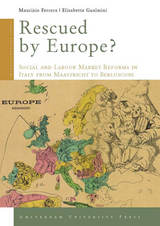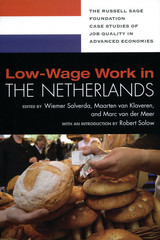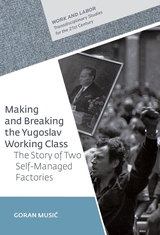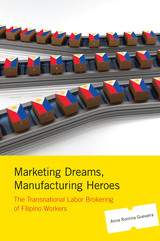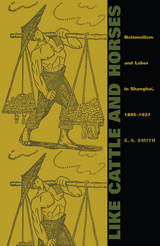Low-Wage Work in Denmark
Russell Sage Foundation, 2008
Paper: 978-0-87154-896-2 | eISBN: 978-1-61044-554-2
Library of Congress Classification HD8544.L69 2008
Dewey Decimal Classification 331.79809489
Paper: 978-0-87154-896-2 | eISBN: 978-1-61044-554-2
Library of Congress Classification HD8544.L69 2008
Dewey Decimal Classification 331.79809489
ABOUT THIS BOOK | AUTHOR BIOGRAPHY | TOC
ABOUT THIS BOOK
The Danish economy offers a dose of American labor market flexibility inside a European welfare state. The Danish government allows employers a relatively high level of freedom to dismiss workers, but also provides generous unemployment insurance. Widespread union coverage and an active system of collective bargaining help regulate working conditions in the absence of strong government regulation. Denmark's rate of low-wage work—8.5 percent—is the lowest of the five countries under analysis. In Low-Wage Work in Denmark, a team of Danish researchers combines comprehensive national registry data with detailed case studies of five industries to explore why low-end jobs are so different in Denmark. Some jobs that are low-paying in the United States, including hotel maids and meat processors, though still demanding, are much more highly compensated in Denmark. And Danes, unlike American workers, do not stay in low-wage jobs for long. Many go on to higher paying jobs, while a significant minority ends up relying temporarily on income support and benefits sustained by one of the highest tax rates in the world. Low-Wage Work in Denmark provides an insightful look at the particularities of the Danish labor market and the lessons it holds for both the United States and the rest of Europe. A Volume in the Russell Sage Foundation Case Studies of Job Quality in Advanced Economies
See other books on: Denmark | Labor market | Poverty & Homelessness | Unskilled labor | Wages
See other titles from Russell Sage Foundation






